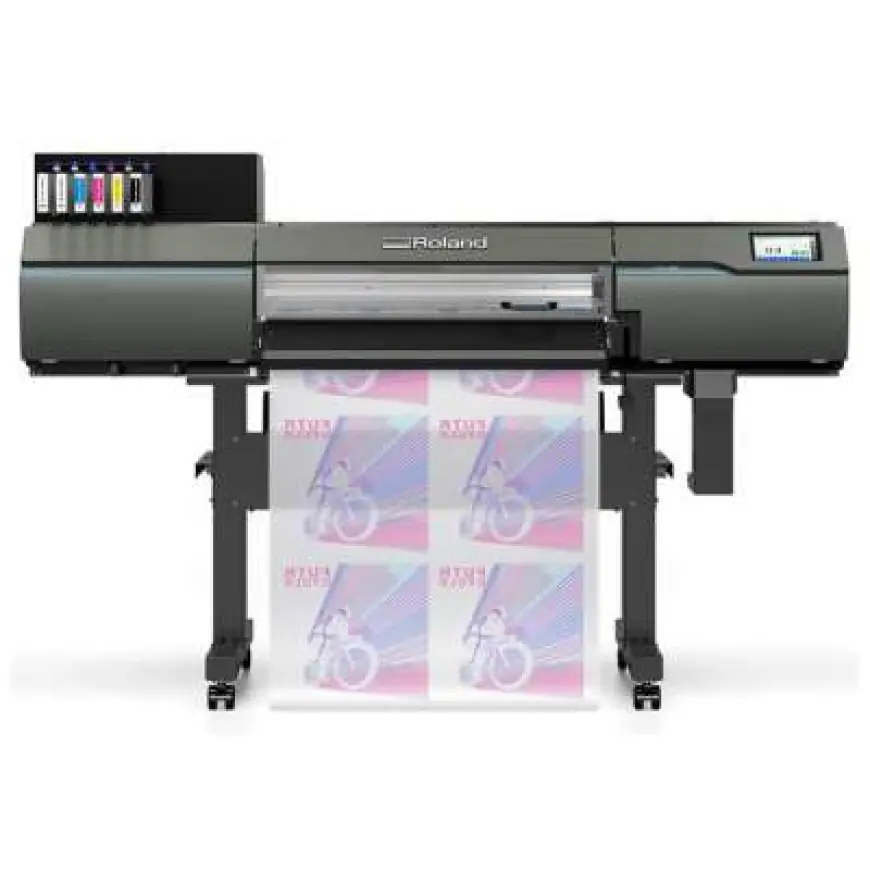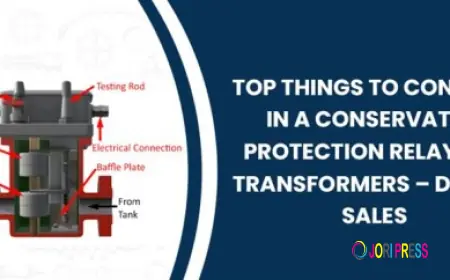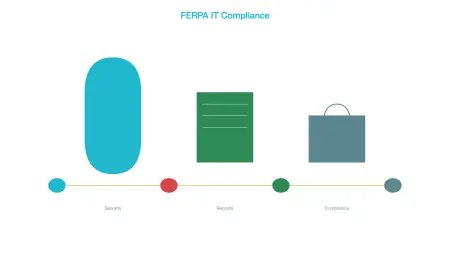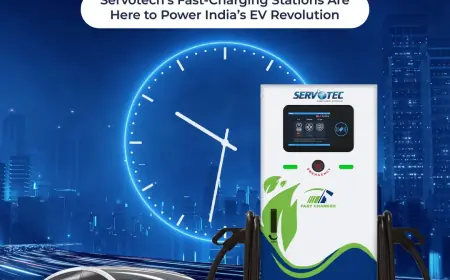DTF Printer Buyer’s Guide: How to Choose the Right Machine for Your Needs
DTF printing transfers designs directly onto a special film, which is then heat-pressed onto fabric or other materials.

The Direct-to-Film (DTF) printing industry has grown rapidly in recent years, offering a versatile, cost-effective way to create high-quality custom designs on fabrics and other surfaces. Whether you are starting a new custom apparel business, upgrading your existing equipment, or adding a new printing method to your services, choosing the right DTF Printer is crucial to your success. With so many models available in the market, the decision can feel overwhelming. This guide will walk you through everything you need to know to select the best DTF Printers for your needs.
1. Understanding the Basics of DTF Printing
Before diving into buying options, it’s important to understand what DTF Printing actually involves. Unlike traditional screen printing or sublimation, DTF printing transfers designs directly onto a special film, which is then heat-pressed onto fabric or other materials. This method provides:
-
Vivid colors and fine details
-
Compatibility with a wide range of fabrics, including cotton, polyester, blends, and more
-
Durable, wash-resistant prints
-
Lower production costs compared to some other printing technologies
Because of its versatility, DTF Printers have become popular among small businesses, print shops, and entrepreneurs looking for high-profit margins.
2. Factors to Consider When Choosing a DTF Printer
a. Printing Size & Volume
One of the first things to think about is the size and capacity you need.
-
Small-format DTF Printers are great for start-ups or businesses with low to medium order volumes.
-
Large-format DTF Printers are better suited for high-volume production, allowing you to print multiple designs or larger prints in one go.
If you expect to scale your business quickly, investing in a larger printer now might save you money in the long run.
b. Print Quality & Resolution
The resolution of your DTF Printer determines the sharpness and clarity of your designs. Look for printers with at least 1440 DPI for detailed prints. Higher resolution machines are ideal for intricate graphics, photographic designs, and high-end apparel.
c. Speed & Efficiency
Production speed is essential, especially for businesses with tight deadlines. A faster DTF Printer will help you fulfill bulk orders without compromising print quality. Always check the printer’s speed in “square feet per hour” or “pages per hour” to compare models accurately.
d. Ink System
A high-quality ink system ensures consistent, vibrant prints and prevents clogs. Many DTF Printers use CMYK + White ink setups, which allow for printing on dark fabrics without losing design visibility. Pay attention to:
-
Ink cost per print
-
Shelf life of inks
-
Availability of refills and suppliers
e. Maintenance Requirements
Like any other printing equipment, DTF Printers need regular maintenance to keep them running smoothly. Some models have automated cleaning systems, making upkeep easier, while others require manual intervention. Consider:
-
Ease of cleaning
-
Availability of spare parts
-
Technical support options
3. Essential Accessories & Equipment
A DTF Printer doesn’t work alone — you’ll also need a few additional tools:
-
Heat press machine – for transferring the printed design from the film to the garment.
-
Powder shaker and dryer – to evenly apply adhesive powder and cure prints.
-
Transfer films and hot-melt powders – consumables that you’ll use for each print.
When budgeting, factor in the cost of these essentials, as they are just as important as the printer itself.
4. Budget Considerations
While it may be tempting to choose the cheapest option, the best DTF Printers offer a balance between price, quality, and long-term reliability. Think about:
-
Initial investment – Printer cost, accessories, and setup.
-
Running costs – Ink, film, powder, and electricity.
-
Return on investment (ROI) – How quickly the printer can pay for itself through sales.
Remember, a higher initial cost often means better durability, faster output, and lower long-term expenses.
5. Brand Reputation & Support
Choose a DTF Printer from a reputable manufacturer or distributor. Reliable brands often provide:
-
Comprehensive warranties
-
Easy access to spare parts
-
Online training and tutorials
-
Responsive customer service
Reading reviews and joining printing forums can give you real-world insights into printer performance and reliability.
6. Future-Proofing Your Investment
Technology evolves quickly, and DTF Printers are no exception. Look for features that can keep your equipment relevant for years:
-
Upgradeable software and firmware
-
Compatibility with multiple ink types
-
Modular parts that can be replaced or improved over time
By investing in a printer with flexible features, you won’t have to replace it prematurely.
7. Making Your Final Decision
To choose the right DTF Printer, follow these steps:
-
Assess your production needs – volume, fabric types, and print size.
-
Set your budget – including accessories and ongoing costs.
-
Compare models – focus on speed, resolution, maintenance, and ink system.
-
Read user reviews – real experiences can reveal hidden pros and cons.
-
Test before you buy – if possible, request a sample print from the supplier.
Conclusion
Investing in the right DTF Printer can transform your printing business, allowing you to create vibrant, long-lasting designs on a variety of materials. By considering print quality, production speed, maintenance, and overall value, you can select a machine that meets your needs today while supporting your growth in the future.
The right decision now will set the stage for long-term success — helping you deliver professional, eye-catching prints that keep customers coming back. Whether you’re a small start-up or an established print shop, a well-chosen DTF Printer is a game-changing tool for your creative ambitions.
What's Your Reaction?
 Like
0
Like
0
 Dislike
0
Dislike
0
 Love
0
Love
0
 Funny
0
Funny
0
 Angry
0
Angry
0
 Sad
0
Sad
0
 Wow
0
Wow
0



















































